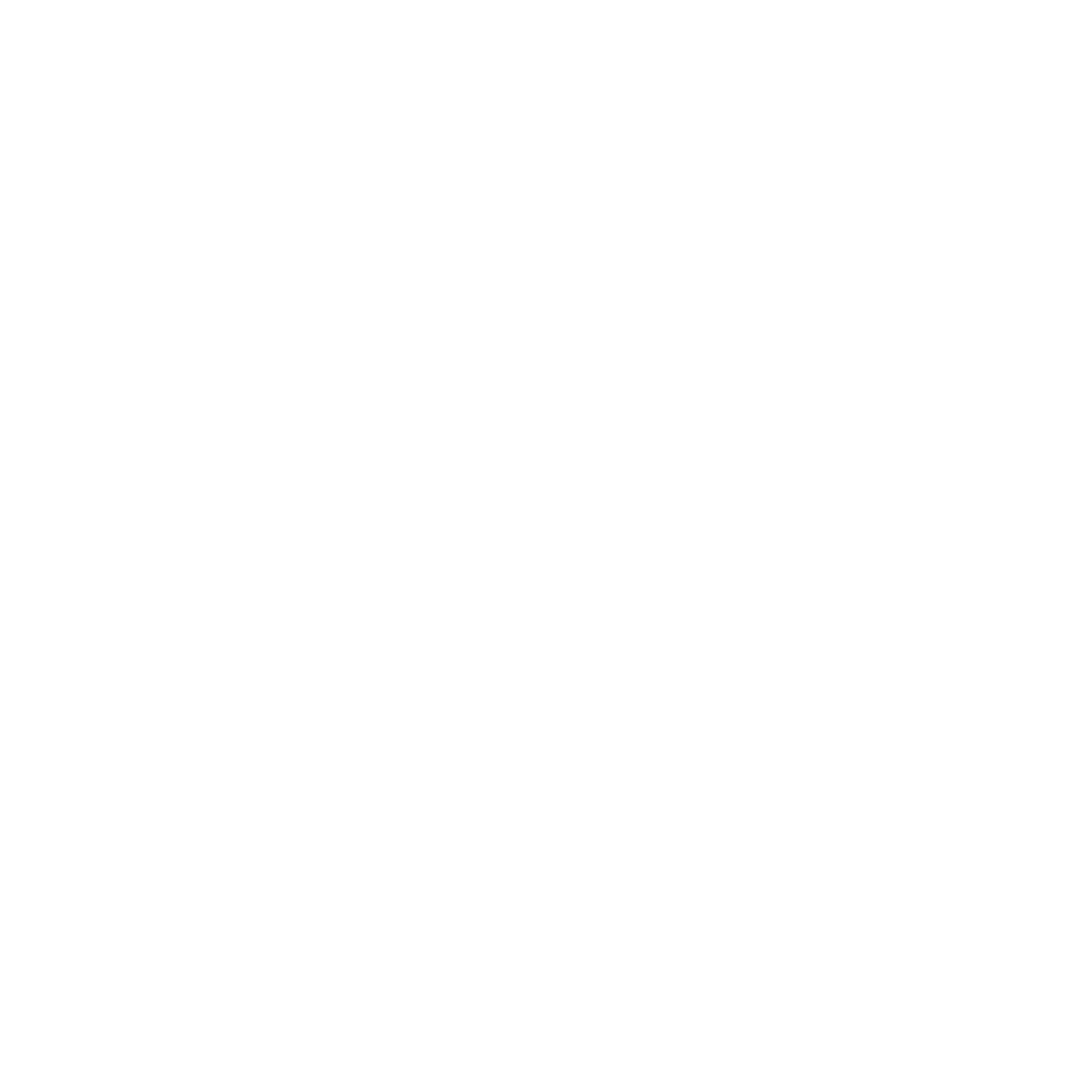
Standards are official documents that outline specifications and protocols aimed at guaranteeing the safety, reliability, and consistent performance of products, services, and systems as per their intended design. They create a shared framework that defines criteria for quality and safety. Standards encompass a wide range of areas, including consumer goods and services, construction, engineering, business practices, IT, social services, energy, water utilities, environmental considerations, and beyond.
Intertek Inform is a valuable resource for accessing engineering standards and technical information. It offers Australian Standards and select international Standards, making it a useful tool for students and professionals needing up-to-date guidelines and industry practices. For assistance on how to register to access Intertek Inform refer to i2i User Guides
ASTM Compass is the database if you need to access ASTM Standards. It also provides access to technical documents and publications from ASTM International. It covers various industries, including engineering, construction, and materials science.
If the standard you need is not available on Intertek inform, please contact the Science, Engineering and IT Library team at:
SciEng-librarians@unimelb.edu.au.
Do not click Request Price in the database. This button will contact the vendor instead of the library, which will delay the process of obtaining the standard.
Standards can be requested by:
All requests by academic staff and graduate researchers are subject to an approvals process prior to being purchased. For students requesting standards, please indicate your level of study when contacting the library.
If you are an undergraduate or Masters by coursework student, contact your lecturer or subject coordinator for assistance.